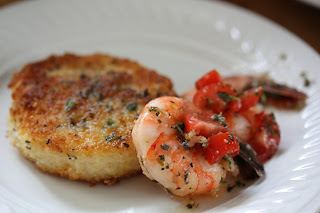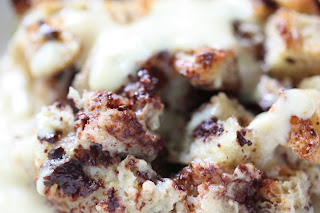For some odd reason lately, everyone seems to be talking about duck, whether it's
duck confit,
almost duck confit, or
spicy duck empanadas with fire sauce and cilantro cream. Actually, I just got duck confit on the brain last week and then everywhere I turned, I saw people mentioning duck. I saw that Wegmans had single servings of duck legs from
Maple Leaf Farms, and I wanted to cook something a little bit decadent for myself, I thought I'd go for it.
I'd read about duck confit and knew that I was not in the mood for a time-consuming, multi-stage process, so I decided to try out the slow-roasted duck recipes. I found a wide degree of temperature variation between the recipes, so I thought I'd just use the lowest setting on my oven and just wing it.
Well, hell. Duck is
amazing, no joke.
I cooked it low and slow at 200° F for 3 hours and then raised the temp to 250° F for the final hour or so of cooking. When it was done, the house had that warm, cozy smell of a roasted bird, but richer, and it looked absolutely incredible. Even though everything I'd read about the duck indicated that it would release a ton of fat, I could not believe how it actually seemed to be swimming in a pond of golden fat.
See what I mean?
And yes, I did what people everywhere recommend and I saved that fat.
Apparently potatoes crisped up in duck fat are nothing short of revelatory. Well, yeah, I have to try
that!
I had planned on making an orange sauce as a kind of play on combining two iconic dishes for an (Almost) Duck Confit a l'Orange, and whipping up a puree from roasted garlic and Jerusalem artichokes, but in the end I just ate the duck by ripping all the meat off the bones as I stood in the kitchen. What blew me away about it was the texture. The meat was actually
silky, and the skin crispy. Sadly, I had no duck meat left over for even a single spicy empanada. Maybe next time.
Slow-Roasted Duck Leg
Ingredients:
- duck leg
- 1 tablespoon kosher salt
- thyme
- olive oil
Directions:
- Set the duck on a cutting board and with the tip of a very sharp blade or a sterilized safety pin, poke holes through the layer of skin and fat. Be very careful not to piece the meat. These holes allow the fat some escape routes, which helps crisp up the skin.
- Rub the salt all over the duck and let sit at room temperature for a half hour.
- Brush off about half the salt and pat the duck dry. There will still be salt on the duck, that's just fine.
- Place a small coating of olive oil into a small casserole dish and set the duck inside, skin-side up. lay some sprigs of thyme on the duck.
- Put in a cold oven and turn the heat to your lowest setting. I was able to go to 200° F. Roast for 3 hours, then increase the heat to 250° F and roast until the internal temperature at the leg joint reaches 175° F. It took about another hour and 45 minutes to get to that temperature.
- Let rest for 5 minutes and then serve.






















